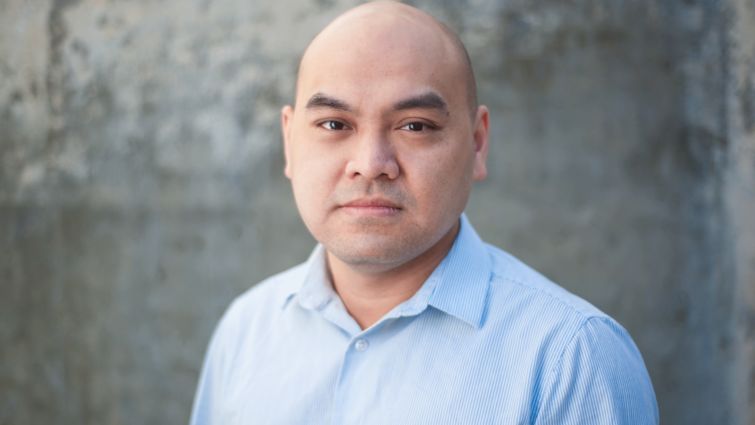
Huynh Cao
This story first appeared in Scope magazine.
Huynh Cao, MD, saw firsthand the side effects of chemotherapy after doctors diagnosed his mother with breast cancer in 1995. The treatment was difficult enough on her body, Cao says, yet he also credits it for causing her subsequent acute leukemia that, despite a bone marrow transplant and further chemotherapy, claimed her life in 2010.
The experience pointed Cao toward what he called his “life’s work” at Loma Linda University Health — developing a low-impact and effective treatment for acute leukemia that lacks the side effects of current options.
“My family went through the whole thing, from A to Z,” says Cao, who became an assistant professor at the School of Medicine after completing a four-year hematology and oncology fellowship in 2017. “I just hope we can find something more tolerable,” he says.
Cao and his team are investigating how vitamin D can prompt deadly leukemia cells to mature — and die off — like the body’s normal cells. Unlike normal cells with a finite lifespan, cancer cells are effectively “immortal,” Cao says, potentially growing unchecked to cause disease like acute leukemia.
His method involves a gene that converts inactive vitamin D to an active form. Cao says he uses stem cells to carry this gene to the bone marrow.
The modified cell activates surrounding vitamin D, which prompts the nearby leukemia cells to mature. No longer immortal, the leukemia cells then resume a normal lifespan and die off, he says.
If taken orally, high doses of vitamin D would be dangerous for a patient, Cao says. The laboratory research shows promise that the modified cells activating vitamin D would limit their effect to the area of treatment before dying off on their own.
Cao draws a parallel with a similar leukemia treatment involving vitamin A. Doctors once considered one particular subtype of leukemia, acute myeloid leukemia (AML) sub-type M3, extremely dangerous until researchers discovered vitamin A could prompt those types of cancer cells to mature and die. Today, AML sub-type M3 is one of the most treatable versions of the disease, he says.
But Cao says treatment doesn’t work on all subtypes of the leukemia, a cancer with many variations that impact bone marrow and blood. His vitamin D research could reveal a way to treat other parts of the leukemia spectrum.
He says the inspiration for his current work followed the research of Loma Linda University Health’s Distinguished Professor of Medicine and Basic Sciences David Baylink, MD, who discovered promise in treating inflammatory bowel disease with vitamin D.
“My question was — why can’t we use the same thing to treat leukemia?” he recalls.
Originally from Vietnam, Cao attended medical school at UCLA’s Geffen School of Medicine before working as a resident surgeon and completing a subsequent internal medicine residency. He came to Loma Linda University Health in 2014.
In recognition of the potential of his research, Cao was one of 66 researchers nationally to receive $50,000 in grant funding as part of the Conquer Cancer Foundation’s Young Investigator Award in 2017. He says he’s looking to obtain additional funding for further research.
Cao’s work is currently focused in the lab, using blood from leukemia patients and involving experiments with mice. Though it’s unknown when a possible treatment could be tested in human subjects, he says he’s optimistic about progressing toward his ultimate goal.
“I want to find a cure for acute myeloid leukemia,” he says.
